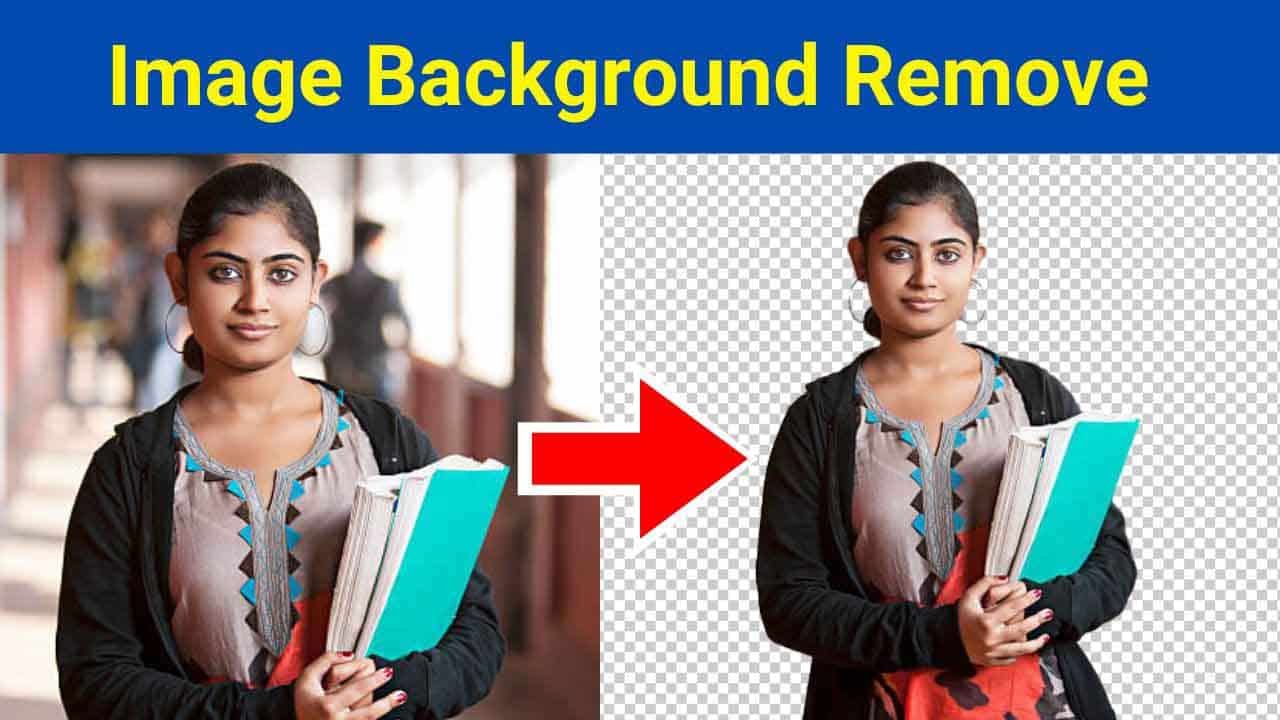Remove Background: Are you struggling with the hassle of unwanted backgrounds in your images? Look no further! Our comprehensive guide will lead you through the seamless process of removing image backgrounds.
Mastering Image Background Removal Steps
In today’s visually-oriented world, high-quality images are paramount for capturing audience attention and effectively conveying messages. However, distracting or irrelevant backgrounds can detract from the main subject of an image, diminishing its impact.
Step 1: Selecting the Appropriate Tools
Before delving into the removal process, it’s crucial to equip yourself with the right tools. Leading software options like Adobe Photoshop, GIMP, and Canva offer robust features for background removal. Select the tool that aligns best with your skill level and requirements.
Step 2: Importing Your Image
Once you’ve chosen your preferred software, import the image you intend to edit. Ensure that the image is of high quality and accurately represents the subject matter.
Step 3: Utilizing Selection Tools
Most editing software provides an array of selection tools to isolate the subject from its background. Experiment with tools such as the Magic Wand, Lasso, or Pen Tool to achieve precise selections.
Step 4: Refining the Selection
Following the initial selection, leverage refinement options to enhance accuracy. Features like feathering, edge detection, and brush tools can aid in smoothing transitions and eliminating jagged edges.
Step 5: Eliminating the Background
With your selection refined, it’s time to remove the background. Depending on the software you’re utilizing, this process may entail simply deleting the selected area or employing a dedicated background removal tool.
Step 6: Fine-Tuning and Touch-Ups
After removing the background, scrutinize the image for any imperfections or inconsistencies. Utilize tools like the Clone Stamp or Healing Brush to rectify any remaining artifacts and ensure a flawless final result.
Step 7: Saving Your Edited Image
Before saving your edited image, consider the desired file format and compression settings. Opt for formats such as PNG or TIFF to uphold image quality, particularly if transparency is necessary.
Step 8: Evaluating the Final Outcome
Upon completing the background removal process, take a moment to assess the final result. Verify that the subject stands out prominently and that the overall composition aligns with your intended vision.
Conclusion
By adhering to these straightforward steps, you can master the art of image background removal and enhance the visual impact of your photos. Whether you’re a professional photographer, graphic designer, or simply an enthusiast passionate about creating captivating images, mastering this fundamental skill will unlock a realm of creative possibilities. So why delay? Embark on transforming your images today!
